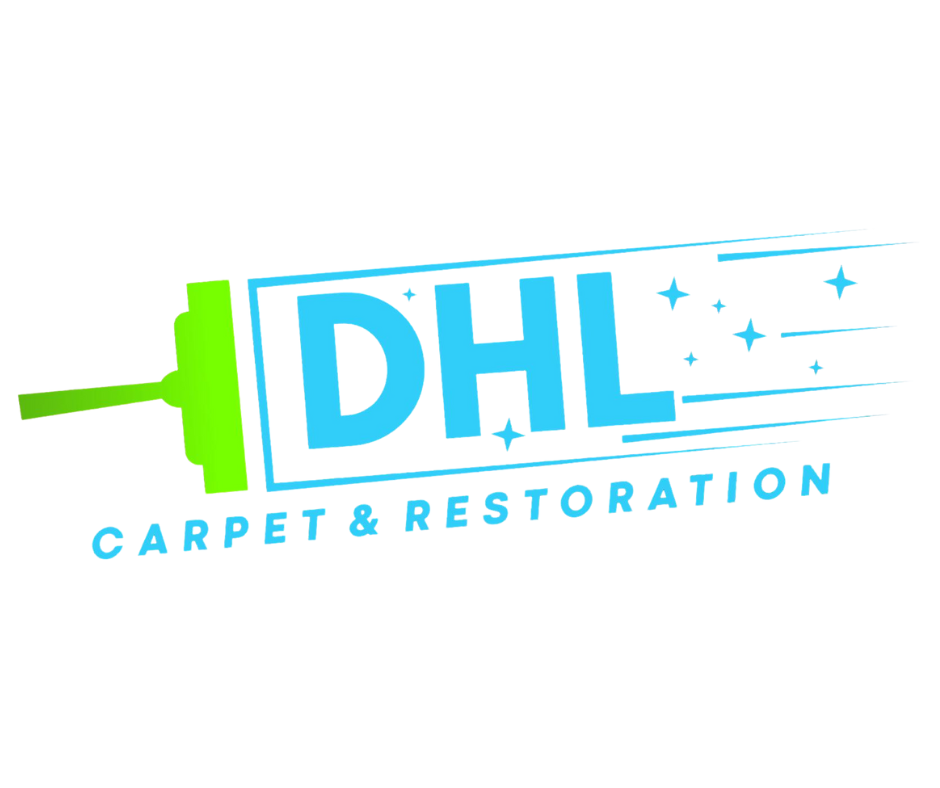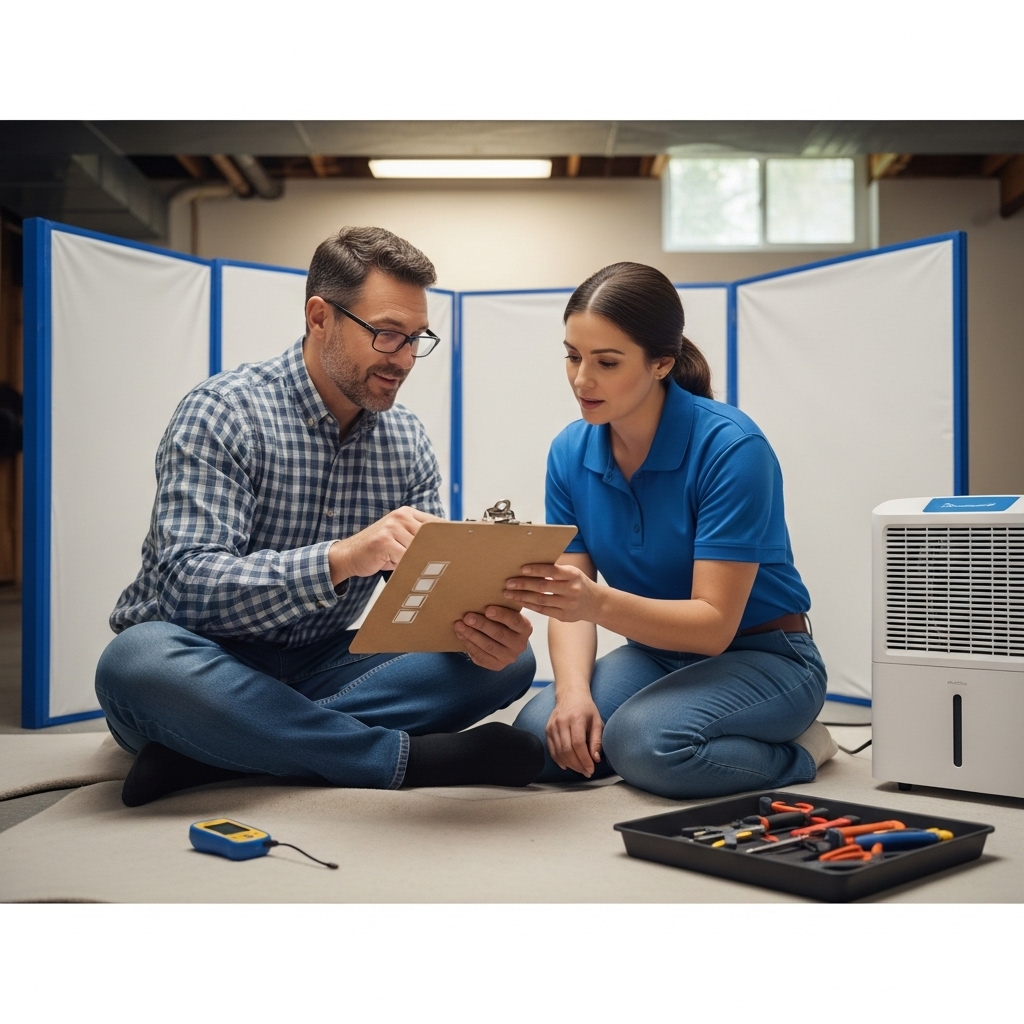Mold Remediation Checklist for New Jersey Homes and Offices
A checklist turns uncertainty into action. Whether you manage a busy office in Newark, care for a shore bungalow in Ocean County, or live in a suburban home with a damp basement, a structured approach to mold remediation saves time and safeguards health. The following checklist is tailored to New Jersey’s climate and building styles, helping you confirm that your provider follows a complete, science-based process from the first phone call to final verification. To orient yourself to what a thorough plan looks like before you begin, you can review keyword and use these points to evaluate any proposal.
This resource avoids technical jargon and focuses on practical steps you can verify. It also highlights differences between home and office settings, where schedules, foot traffic, and occupant needs vary. Work through each section to ensure nothing essential is missed.
Checklist: Pre-Assessment and Preparation
Confirm that the provider schedules an on-site assessment, not just a phone estimate. Make sure they ask about the history of leaks, odors, and seasonal changes. Provide access to basements, attics, crawlspaces, bathrooms, and mechanical rooms. Clear pathways so the assessor can take moisture and humidity readings. If your building has prior repairs, share photos or documentation so the assessor can piece together the moisture story.
If vulnerable occupants are present—children, seniors, or those with respiratory conditions—ask for guidance on room usage until containment is installed. In offices, plan for staff communication and signage. A good provider will help you minimize disruption while protecting health.
Checklist: Assessment and Moisture Diagnosis
Expect documentation of visible growth, moisture readings, and suspected moisture pathways. In basements, this includes foundation walls, sill plates, and drainage patterns. In attics, it includes ventilation, insulation, and air sealing issues. In bathrooms and kitchens, it focuses on ventilation performance and plumbing. Make sure the provider distinguishes between chronic dampness and acute leaks, because the remediation plan differs for each.
Ask whether small inspection openings are recommended and how repairs will be handled. Accurate diagnosis ensures the scope targets the source, not just the symptoms.
Checklist: Written Scope and Communication Plan
Insist on a written scope describing containment boundaries, removal versus cleaning decisions, equipment needs, and verification targets. Look for a clear point of contact and an update schedule. The scope should anticipate possible hidden conditions and explain how changes will be communicated and approved. This transparency reduces surprises and ensures accountability.
In offices, the scope should also include after-hours work options, elevator protection if applicable, and strategies to maintain access to critical areas. For homes, it should detail how belongings will be protected and which rooms will remain accessible.
Checklist: Containment and Safety
Before demolition or cleaning, confirm that containment will isolate the work area and that negative air pressure will be established with air filtration devices. Ask how vents and doors will be protected and how debris will exit through clean pathways. Daily cleanup and equipment organization are signs of professionalism and reduce disruption for occupants.
For offices, ensure the plan addresses signage, restricted zones, and coordination with building management. For homes, discuss pet safety and family routines around the work area. Safety and consideration go hand-in-hand with technical skill.
Checklist: Source Control
Verify that the source of moisture is addressed: repair leaks, manage drainage, improve ventilation, or correct insulation and air sealing problems that cause condensation. Without source control, mold may return after remediation. A provider who treats moisture as the central issue is more likely to deliver lasting results.
In coastal or seasonally vacant properties, plan for humidity control when the building is unoccupied. In busy offices, review HVAC schedules and fresh air supply to prevent stale, humid conditions that encourage growth.
Checklist: Removal and Detailed Cleaning
Unsalvageable materials—like saturated drywall or insulation—should be removed within containment. Salvageable surfaces should be cleaned methodically, with attention to edges, fasteners, and hidden pockets where residues collect. The provider should explain how techniques differ for non-porous, semi-porous, and wood materials, and how they confirm that residues have been removed rather than redistributed.
Contents handling is part of this step. Ask how furniture, electronics, and documents will be protected or cleaned. Offices may require special attention to shared equipment and files; homes may prioritize soft goods and sentimental items.
Checklist: Drying and Verification
Drying equipment should remain until materials reach target moisture content. Expect regular measurements and adjustments to airflow and dehumidification. Verification includes final readings and visual confirmation of clean surfaces. Do not skip this step—verification provides the evidence that conditions are ready for finishing or re-occupancy.
Seasonal strategies matter in New Jersey. Summer calls for aggressive humidity control; winter calls for managing cold surfaces and preventing condensation. A provider with local experience will tailor drying to the season.
Checklist: Prevention Plan
Before containment is removed, review practical prevention steps. These might include dehumidification guidance, bath fan run times, HVAC settings, grading improvements, and air sealing in attics. Prevention should be specific to your building and daily routines. In offices, schedule maintenance checks; in homes, integrate habits like post-shower ventilation and periodic basement inspections.
Prevention transforms remediation from a one-time fix into a lasting improvement. Specific recommendations give you control over your indoor environment long after the project ends.
Checklist: Documentation and Handover
Request a package that includes before-and-after photos, moisture logs, and a summary of the work. This record helps with property management, insurance conversations, and future renovations. It also serves as a baseline for monitoring your space over time.
In offices, documentation supports compliance and communication with stakeholders. In homes, it provides peace of mind and a clear record of what was addressed and why.
Special Notes for New Jersey Conditions
Shore properties often need strategies for unoccupied periods, including humidity controls and ventilation checks. Urban buildings with shared walls require coordination to protect adjacent units. Suburban homes near wooded areas may face chronic foundation dampness, calling for drainage upgrades and consistent dehumidification. Tailoring the checklist to these realities ensures your plan fits your property.
Storm seasons and freeze-thaw cycles add complexity. After heavy rain or snowmelt, check for new moisture incursions and act quickly. Timely intervention can limit the scope of remediation and protect finishes.
Signs Your Provider Is Truly Thorough
Thoroughness shows up in small details: neatly sealed containment, labeled equipment, daily progress updates, and respectful handling of belongings. It also appears in the prevention conversation—when a provider spends time explaining how to avoid recurrence, they are invested in your long-term success. Professionalism, consistency, and clarity form a pattern you can trust.
Another sign is adaptability. If hidden damage appears, the team pauses, communicates, and updates the plan with your approval. This responsiveness ensures the finished work matches real conditions, not just the initial estimate.
Mid-Project Review
Halfway through, compare progress to the checklist. Ask whether moisture targets are on track, whether any surprises have changed the scope, and whether the timeline needs adjustment. Refer back to trusted process references like keyword to confirm that the sequence—containment, removal, cleaning, drying, verification—remains intact and that prevention measures are being prepared.
Frequently Asked Questions
Q: Should we test air before remediation? A: Often not necessary if growth is visible and the source is clear. Testing may be useful for special documentation or when growth is suspected but not seen.
Q: Can we operate the office during remediation? A: Many projects proceed with phased containment or after-hours work. Your provider will propose a plan to keep operations safe and efficient.
Q: How long does drying take? A: It depends on materials, the season, and airflow. Professionals monitor and adjust equipment until targets are met.
Q: Will repainting solve the problem? A: Coatings can be part of finishing after proper removal and drying, but paint alone does not remediate mold or address moisture.
Q: What should I do if odors persist after work? A: Contact your provider. Persistent odors may signal lingering moisture or areas that need additional detailing or drying.
Q: How can I prevent recurrence? A: Manage humidity, ventilate bathrooms and kitchens, fix leaks promptly, improve drainage, and follow the prevention plan provided during handover.
Move Forward with Confidence
With a checklist in hand, you can evaluate proposals, monitor progress, and confirm that each step is complete. Whether you oversee a workspace or care for your family’s home, the essentials remain the same: diagnose moisture, contain the work, remove and clean thoroughly, dry to target levels, and verify success. When you are ready to take action and want a partner who follows a clear, thorough process, connect with experts by visiting keyword and put this checklist to work for a healthier New Jersey property.

